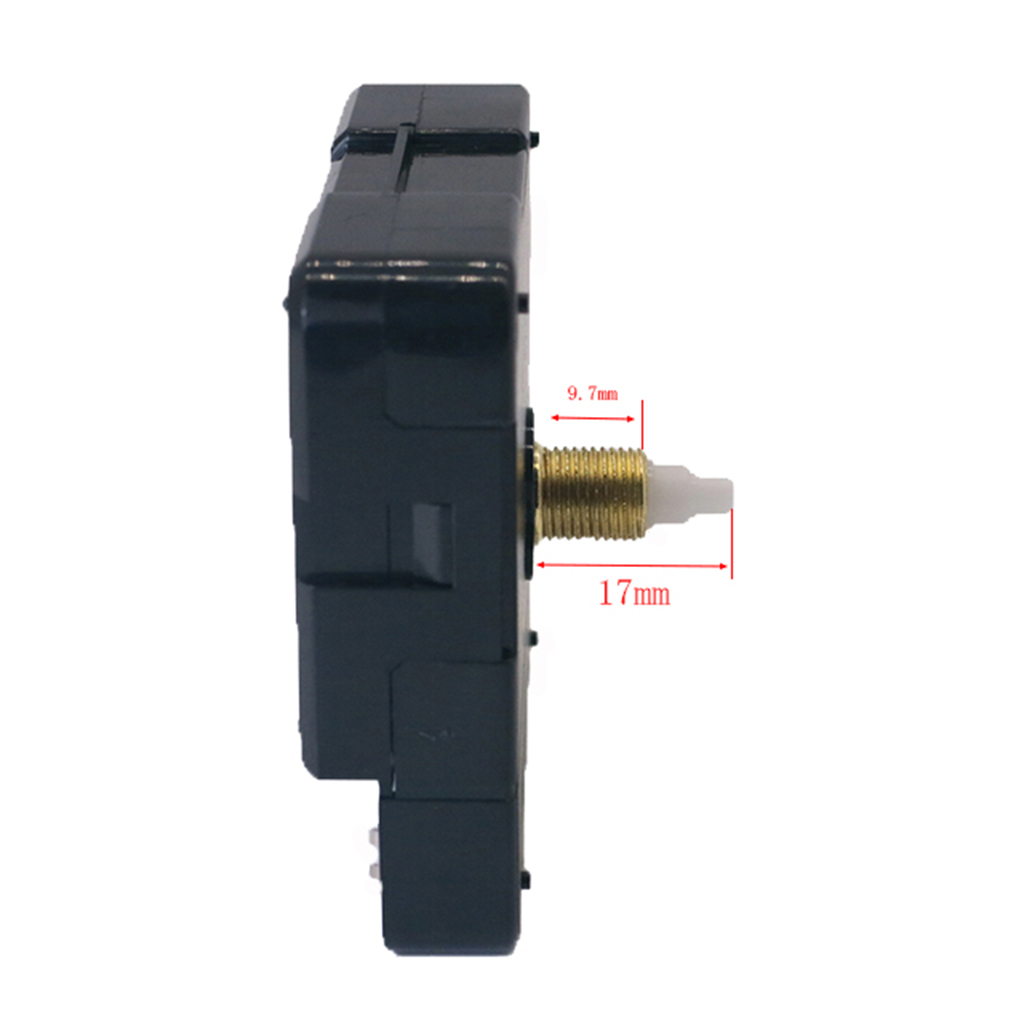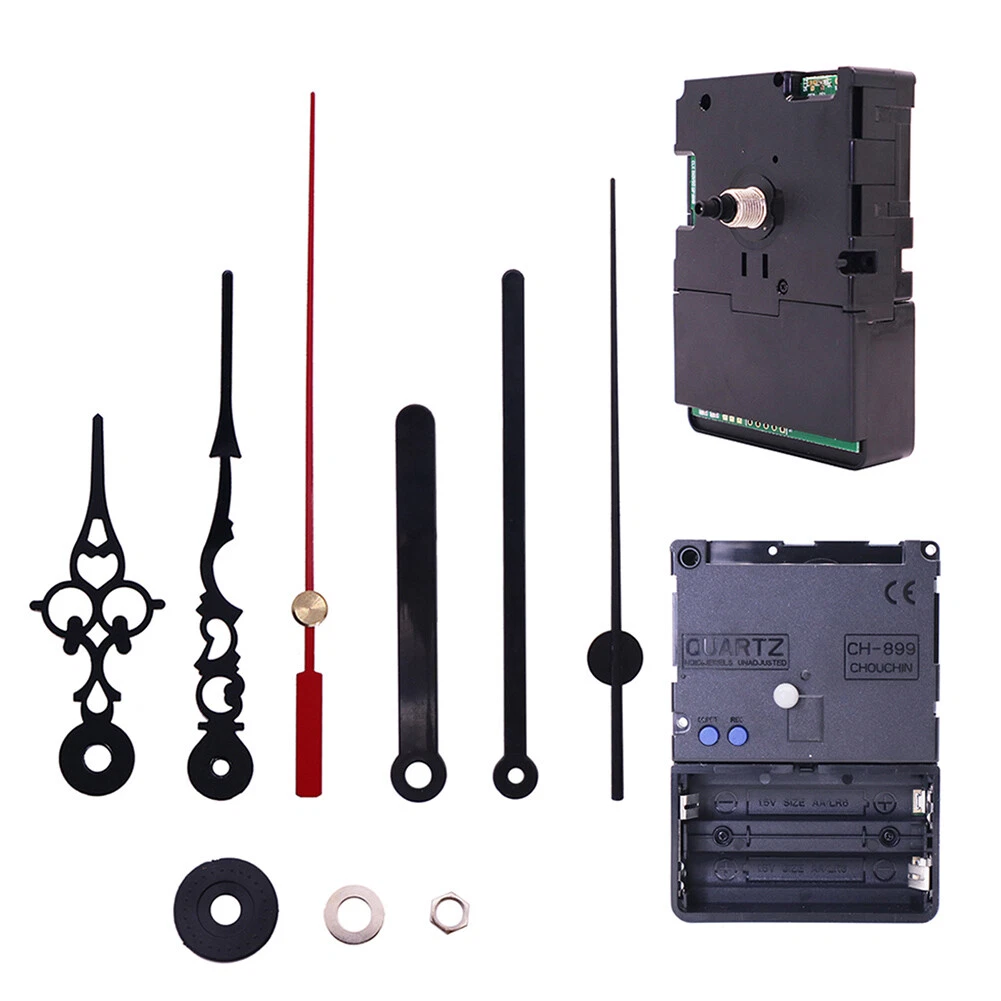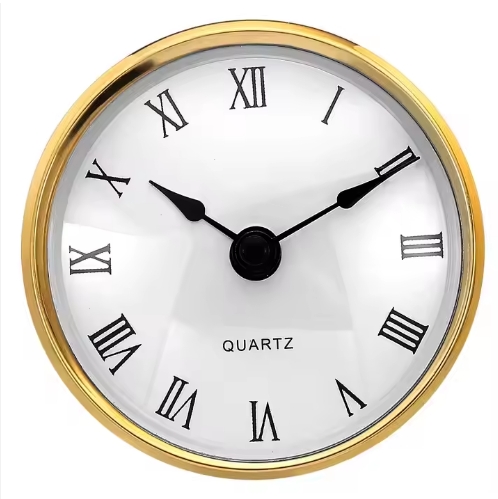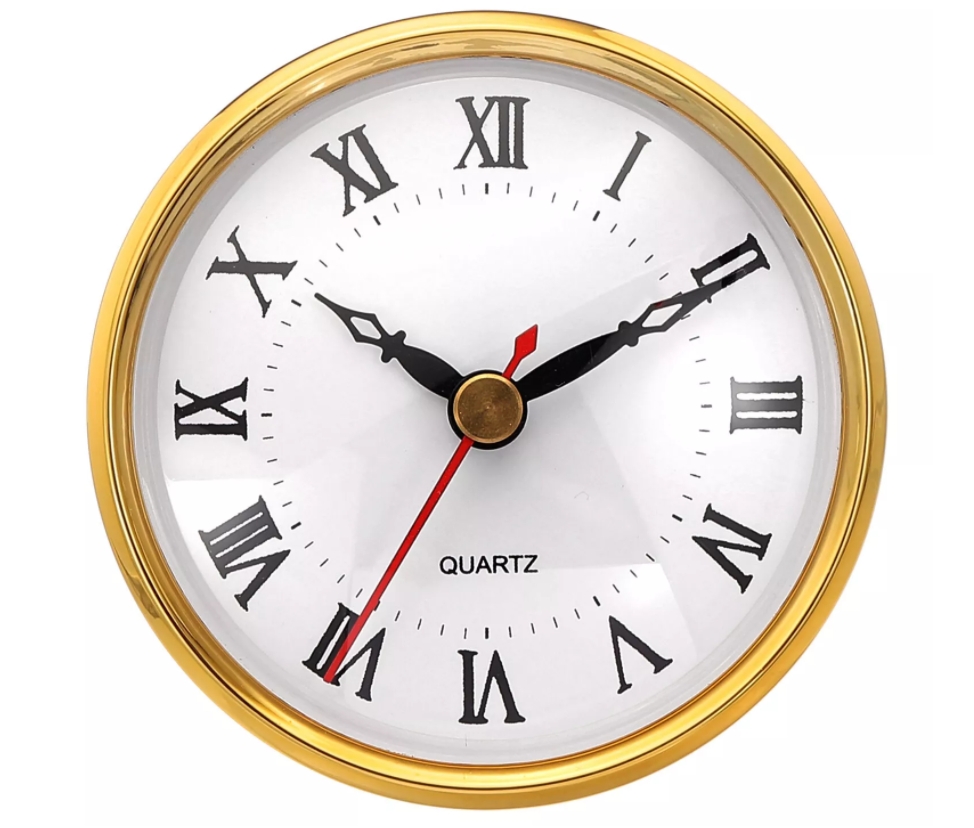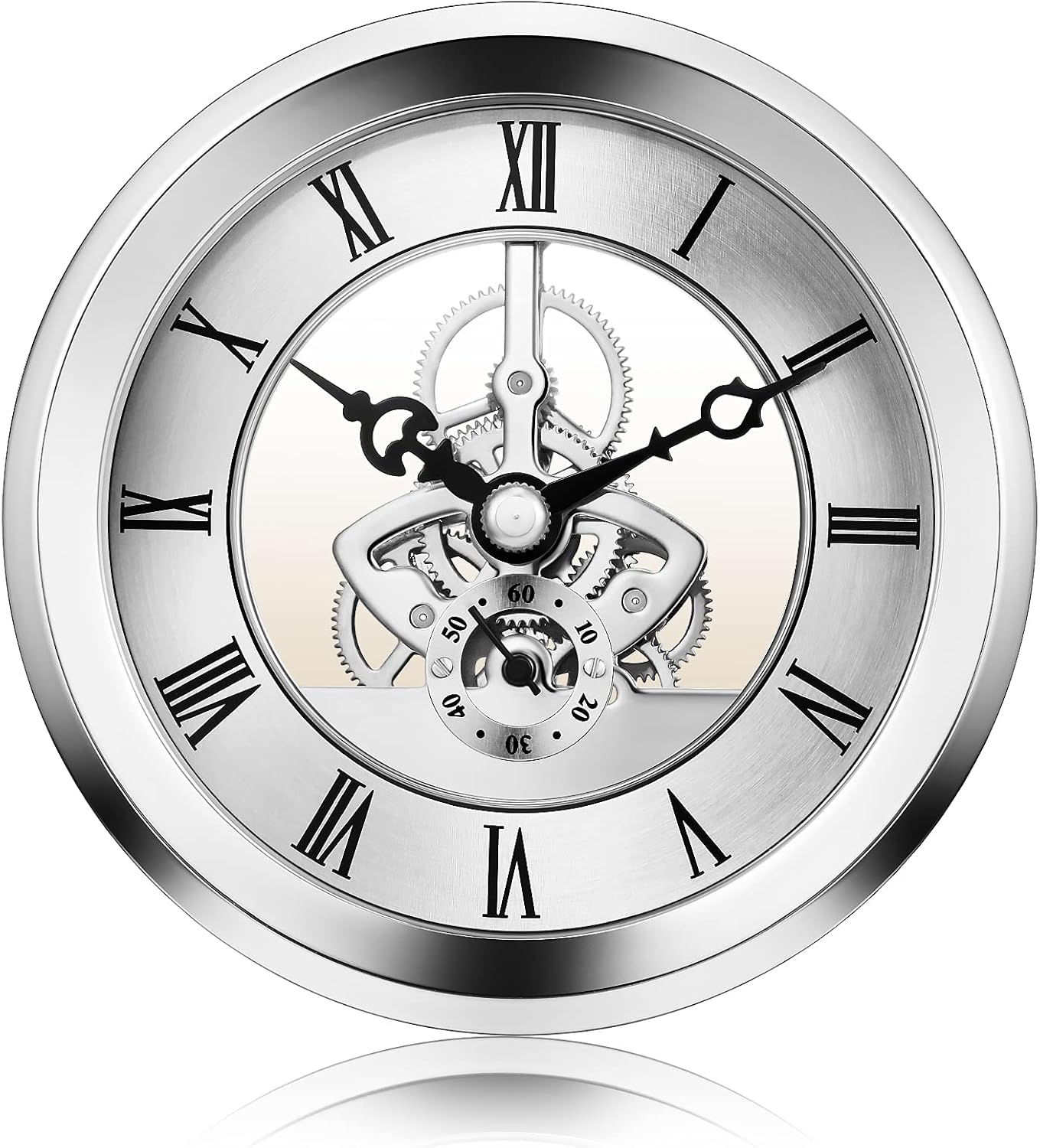



These clocks gradually changed to having shorter pendulums and verge escapements (sometimes referred to as crown-wheel) housed in narrow, ebony cases. By the 1670′s, the verge escapement was discontinued in favor of the anchor escapement, a much simpler process which increased the accuracy of the clocks. Through the years, the grandfather clock became known as an excellent timekeeper.
THE GRANDFATHER CLOCK CASE
The grandfather clock case consists of the base, waist, and hood. Some original designs included feet, waist columns and door columns, hood fret work, and finials (the decorative parts at the top of the spire). In their heyday, many tall-case clocks were built over 9 feet tall. Today most range from 6 feet to 7 feet, 6 inches in height. Cases shorter than 6 feet are considered grandmother clocks.
Not only did the time piece become more efficient but the case used to house the mechanical parts of these grandfather clocks also evolved tremendously from these early wags-on-the-wall prototypes. At the beginning, most clockmakers were not skilled in wood techniques and turned to jointers for their woodworking abilities. These early jointers used the exact same jointing techniques and styles they used on furniture.
- Sweep clock movement
- Clock hands
- High torque clock movement
- Skeleton clock movement
- Radio controlled clocks
- Pendulum clock movement
- 24 hours clock movement
- Tide clock movement
- DIY clock movement
- Round clock movement
- Quartz clock movement
- Clock inserts
- Watch inserts
- Clock parts
- Clock dials
- Wall clocks
- Plastic clock movements
- Toy clock movements
- Hook clock movement
- Alarm clock
- Clock movement
- Movements package
- Clock hands catalog



Sitemap Admin Powered by: hkwww.cn
Tel: 86-769-85532891 E-mail: talent@hengrongclock.com.cn http://www.clockmovements.cn
Keywords: clock movement, clock parts, clock hands, clock mechanism, clock accessories, cuckoo clock, alarm clock, insert clock





